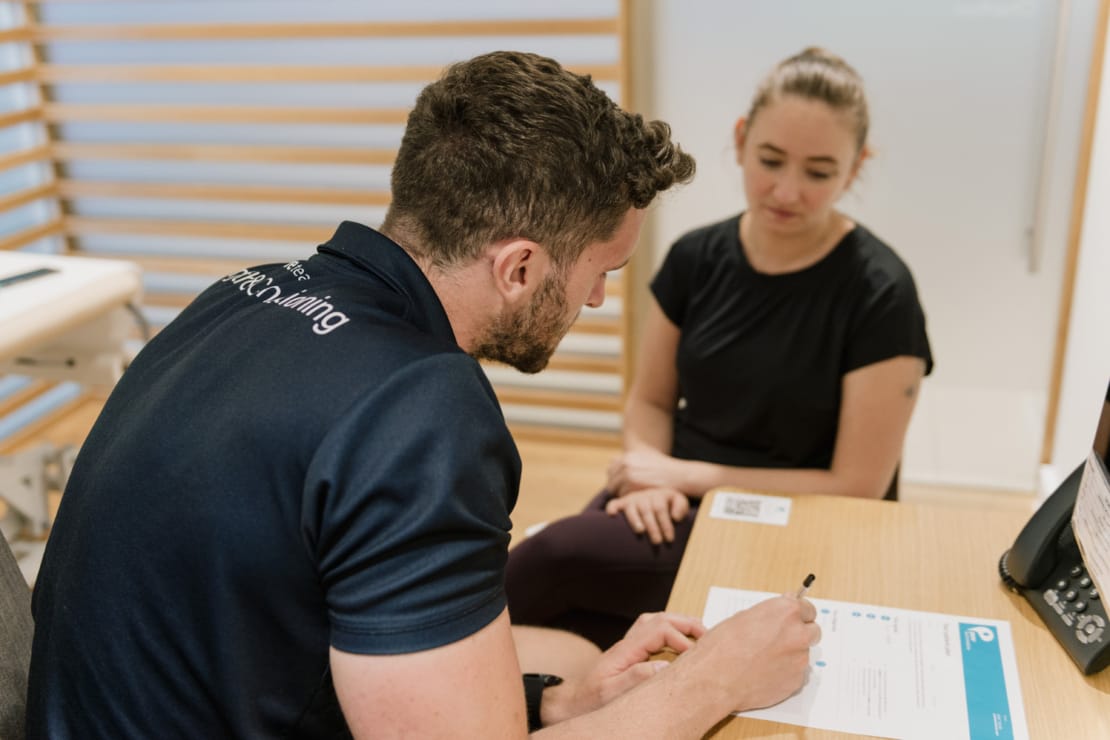Diastasis Recti Abdominis: Managing the Condition

Dr Sarah Rollins
Consultant in Sport, Exercise & Musculoskeletal Medicine
- 23 December, 2022
- Women's Health
- 5 min read
‘Diastasis’ means ‘separation’ and so diastasis recti abdominis (DRA) means the separation of the rectus abdominis muscles (the ‘6 pack’) of the anterior abdominal wall. Diastasis recti abdominis is the body’s natural way of adapting to pregnancy to make room for the enlarging uterus protecting and nurturing the growing baby.
What happens during diastasis recti abdominis?
The connective tissues of the abdominal wall begin to stretch and continue to do so as the baby grows. Once the baby is born, the muscles no longer need to stretch in this way, so the tissues begin to re-adapt.
Muscle tissue adapts more easily than non-muscular tissue, especially if they are used well and strong. Non-muscular connective tissues, also called ‘the fascia’, although adaptable are more likely to remain stretched and it is the ‘looseness’ of these connective tissues that can contribute to the abdominal muscles not coming fully back together.
Why does diastasis recti abdominis occur?
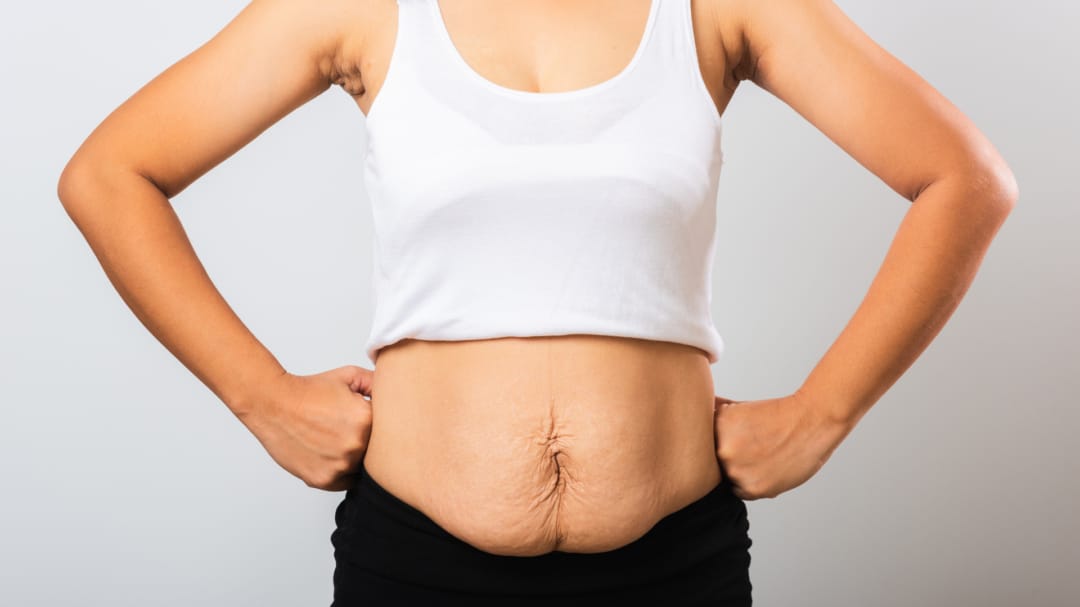
There are many reasons why the fascia (or non-muscular tissue) stretches, or remains stretched, for some people more than others, including independent factors which causes additional stretching such as the size of the baby, or multiple babies in the case of twins, triplets etc, extra fluid in the uterus alongside the baby, extra fat in the abdomen alongside the uterus and connective tissue laxity syndromes which cause additional looseness in the tissues separately to the pregnancy, sometimes called hypermobility syndrome.
The process of caesarean section is also associated with diastasis because to safely remove the baby from the uterus, the surgeon must get through the abdominal tissues in order to access the uterus, and the recovery from this can be even more challenging for these tissues.
Heavy lifting has also been found to be linked with DRA, which is why it is sensible for women to be practical postnatally and to gradually increase their activity levels in the first 12 weeks after giving birth. Activity and exercise is to be encouraged at this time for health and wellbeing, but abdominal loading should be appropriate to the ability of the tissues to withstand loads as with all body parts and it will take a while for the abdominal tissues to adjust to the new space and to the changed mechanics after the baby is born.
Finally, being pregnant around the age of 40 – nearing or above – can contribute to DRA because tissues are naturally less elastic.
Coping with Diastasis recti abdominis
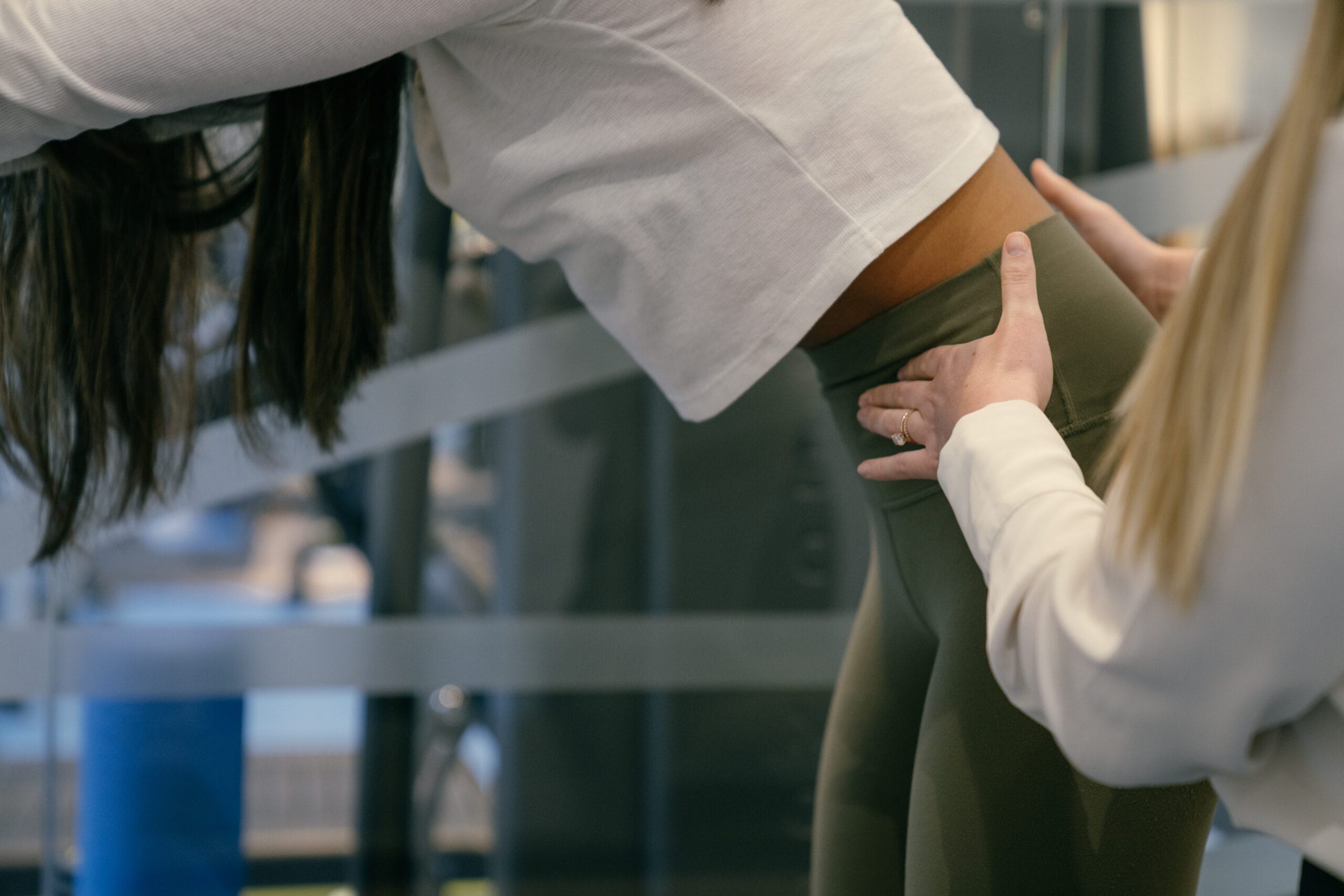
Most women cope very well with their DRA and will find that with appropriate postnatal return-to-activity, their abdominals return to a similar position.
It is natural and normal to have a slightly wider distance between the rectus abdominis muscles postnatally and many will notice that they their abdomen will have a mild dome compared to before they were pregnant on loading e.g., performing a plank.
So long as the muscles of the anterior abdominal wall have restored strength and control, most women will be able to return to full activity with the ability to create good intra-abdominal pressure (keep reading to find out what this means!).
Some people will experience more widely separated rectus abdominis muscles, and symptoms of this might include:
- More significant doming of the abdomen, especially in standing or on performing a sit up or plank. Patients might notice they are ‘holding their tummy in all the time’ or they struggle with their clothing feeling tight and uncomfortable.
- mid-line abdominal pain on abdominal loading, e.g., sitting up from a lying position or twisting/turning against load in a standing position (turning a full shopping trolley!)
- a feeling of bloating
- a feeling of lacking abdominal strength and control
- difficulty generating arm power, e.g., when playing tennis
- possible back or pelvic pain related to activity
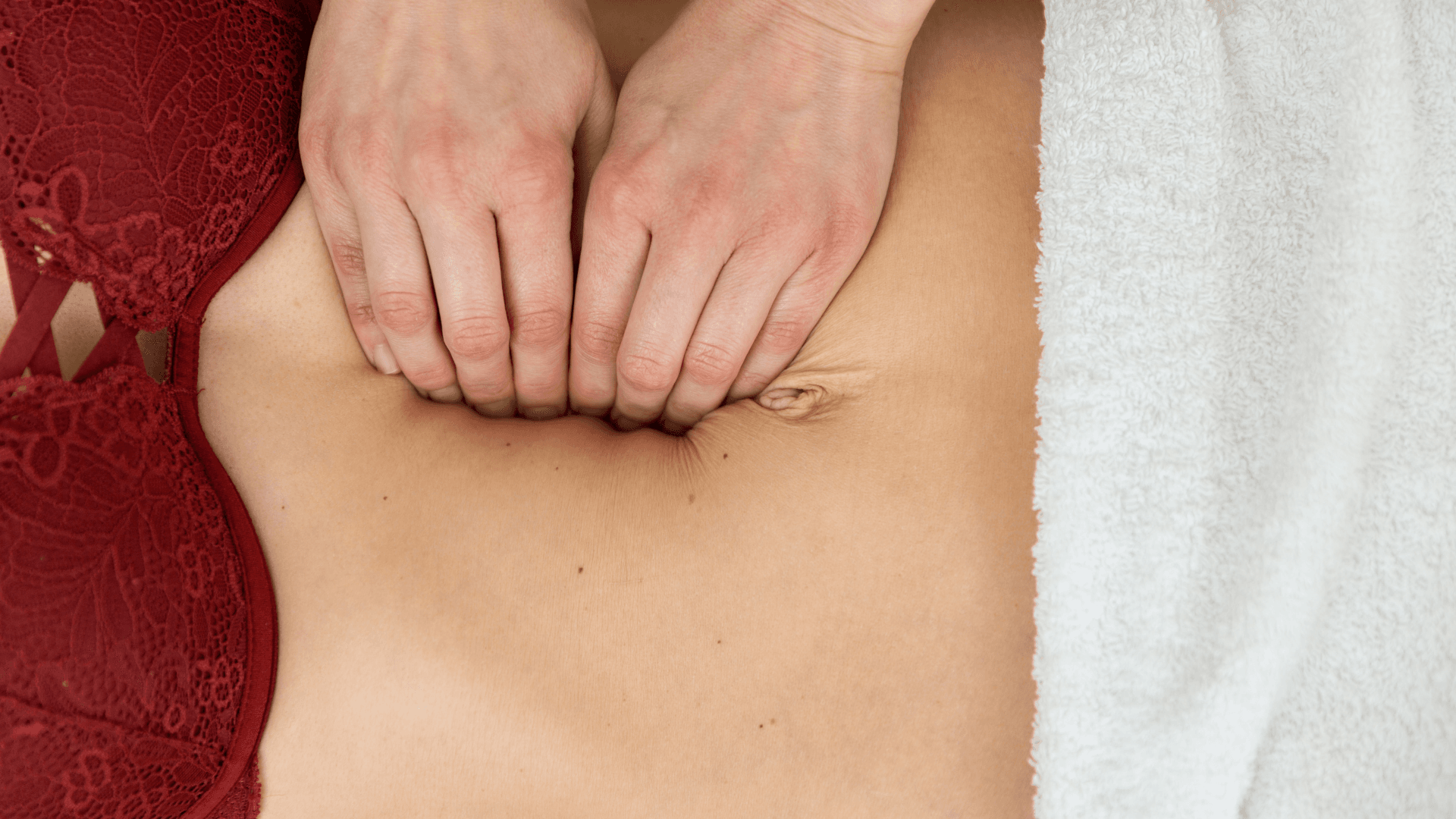
In these situations, the first port of call is to find out if the abdominal muscles are working well, to assess the degree of the separation, and alongside this, to consider if there is a true mid-line hernia. This former is best done by a physiotherapist specialising in women’s health rehabilitation but women who think they have a true hernia should see their GP.
Many women may find that following assessment the main issue is a lack of strength and/or abdominal muscle control and that by working with a physiotherapist they are able to improve this with the right exercises and return to the activities that they would like to do.
There will be some people however who, despite seemingly good rehabilitation, continue to struggle with their symptoms and who may benefit from further investigation of their DRA using ultrasound to measure the connective tissue of the anterior abdominal wall, check for hernias and observe their muscle function during abdominal muscle contraction (the moving of the abdominal muscles).
This may then lead to a recommendation for further, more targeted rehabilitation or consideration of onward referral for surgery.
When surgical intervention is recommended, the surgery type is a DRA repair with abdominoplasty completed by a Plastic Surgeon. Surgery is reserved for those who have completed their families as the repair is at risk if there were a further pregnancy. The aim of the repair is to restore the original narrow width between the recti abdominis muscles so that the person is able to create good intra-abdominal pressure again, which is the key to restoring full function.
How does that work?
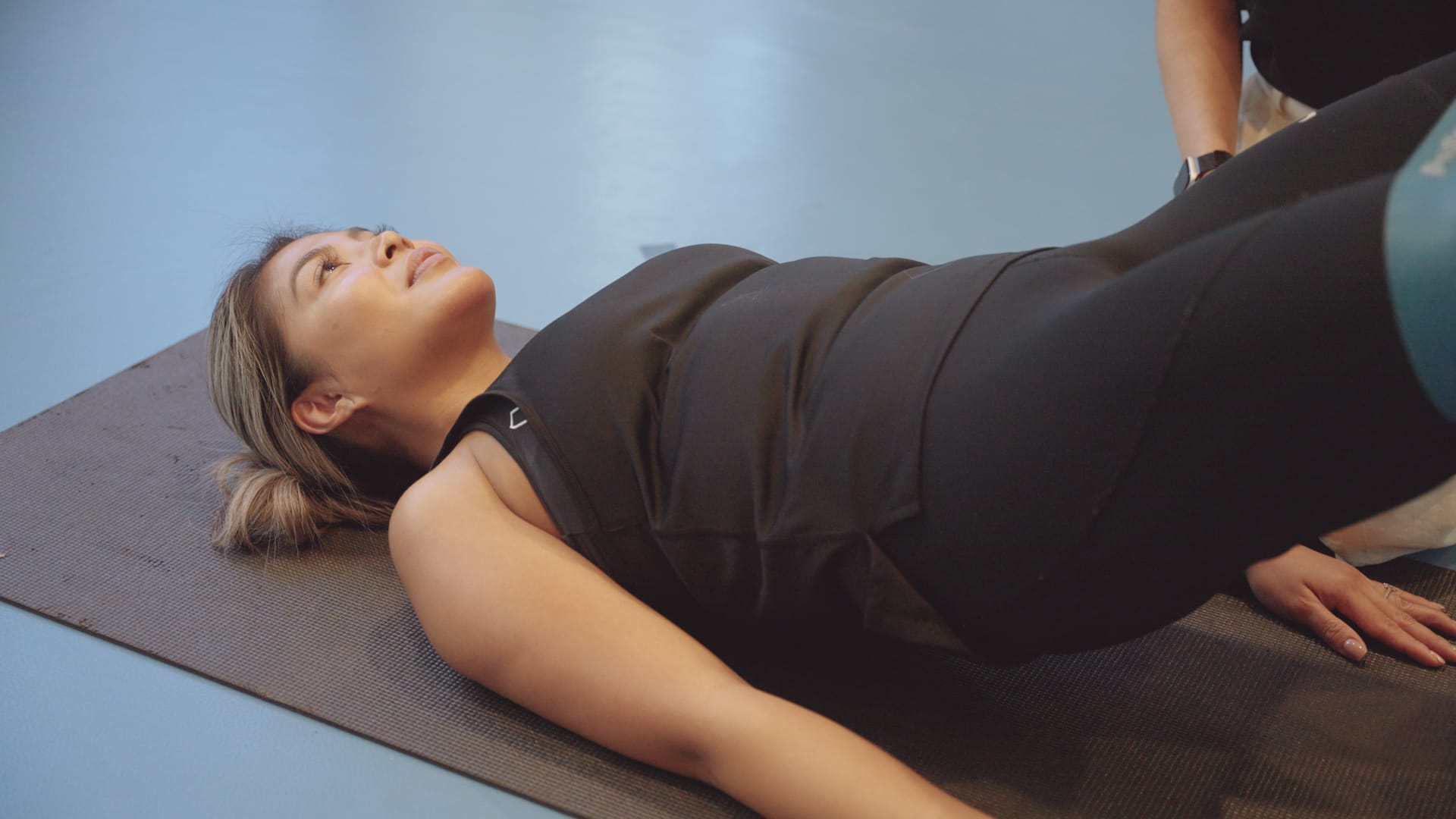
To explain this, I’m going to get fancy!
The muscles of the anterior abdominal wall along with the pelvic floor operate together as part of a ‘thoraco-pelvic manometric system’, which means the muscles work together to create a stable ‘core’ around which the forces of the upper and lower limbs can operate.
Thoraco-pelvic means the chest, trunk and pelvis, and manometric relates to pressure.
So, the abdominal muscles are creating a pressurised system that provides a stable but dynamic (i.e., with the ability to move) base of support to allow for effective movement of the limbs. Lack of this stable base means that forces can’t be transmitted efficiently through the human body, and this can result in reduced effectiveness or power of movements and possibly could contribute to symptoms such as musculoskeletal pain at the back, pelvis, hip or even the shoulder.
The surgery for DRA repair is not to be undertaken lightly but does have very positive results for those who have gone through the assessment and rehabilitation process, and for whom the rehab treatment has not resolved their symptoms.
One of the main aims of DRA repair, and indeed the reason for undergoing the surgery, is to be able to restore abdominal strength, which in addition to the surgery, does still involve the rehabilitation process. The surgeon can only restore the anatomy – the recovery and strengthening work still has to be done afterwards. However, I’m pleased to say that my patients have reported that they are finally able to engage their abdominal muscles properly and they feel much more connected between their upper and lower limbs following the procedure and supporting rehab treatment.
The abdominoplasty also restores appearance and although I don’t refer my patients for aesthetics as a Sport and Exercise Medicine Consultant, the aesthetic outcome is important and combined with the restoration of strength and function, often has a significant impact on mental well-being and positive feelings of ‘self’.
We have developed a post-operative recovery programme following DRA repair for our preferred surgical pathway that is physio-led. It takes our patients from the early post-operative period through a graduated programme of rehabilitation up to the 12-week point and beyond with the aim of helping women get back to their chosen level of activity. I’ve been using this pathway since early 2021 and the feedback and functional outcomes are overwhelmingly positive.
Whether my post-natal patients recover with rehab or with a surgical approach plus rehab, helping women get back to activity after they have had their children is so important and rewarding. Physical activity is critical for physical and mental health and DRA can potentially limit these. Investing in the right rehabilitation and treatment can be life-restoring.
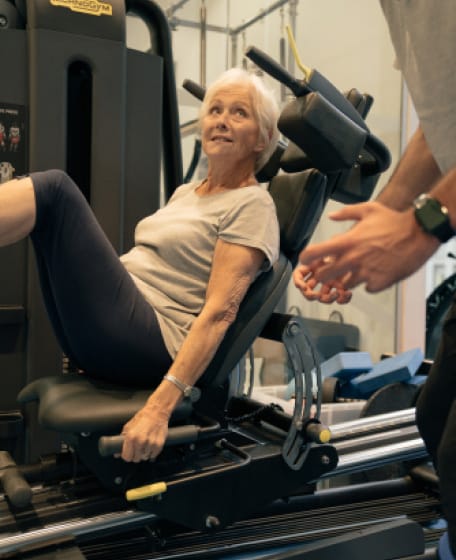
Advice
Over the last 20+ years our experts have helped more than 100,000 patients, but we don’t stop there. We also like to share our knowledge and insight to help people lead healthier lives, and here you will find our extensive library of advice on a variety of topics to help you do the same.
OUR ADVICE HUBS See all Advice Hubs

